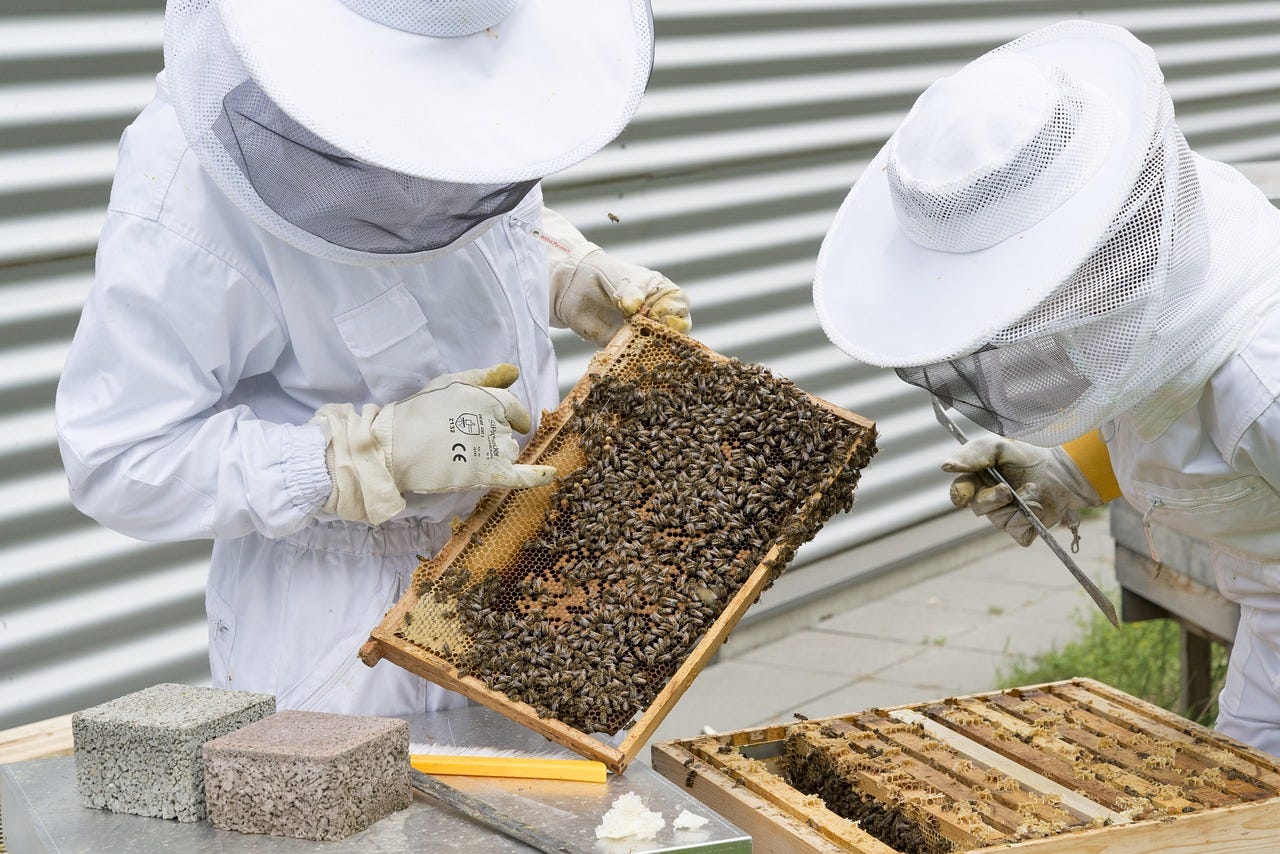
A standard and crucial tool of modern beekeeping is Wax Foundation. This is a simple flat sheet of wax affixed within a wooden frame, sometimes also supported with wires. The foundation has two key purposes in a hive.
First, it ensures that the bees construct their comb on easily movable frames, which helps the beekeeper to inspect the health of the colony and remove honey stores.
Second, the foundation gives the bees a head-start in building their comb, thus allowing them more time to focus on the other activities of the colony, including making honey and raising brood, both of which are stored in the hexagonal cells of the honeycomb.
Whilst beekeepers nowadays take this invention for granted, it is one of the most important inventions of the nineteenth-century, alongside the movable frame hive itself. Indeed, the lack of artificial wax foundation, as we shall see, proved problematic for the early movable frame designs.



